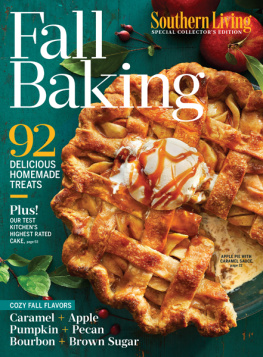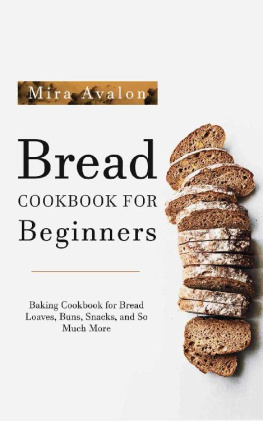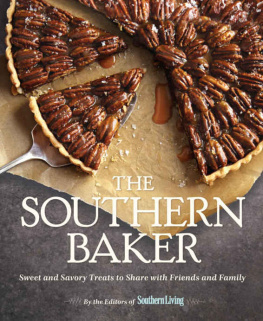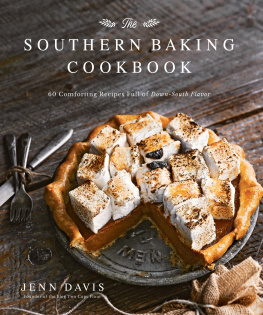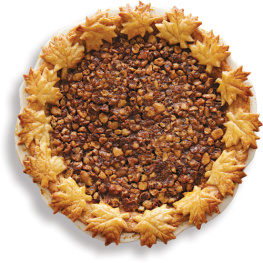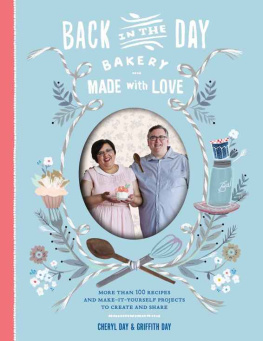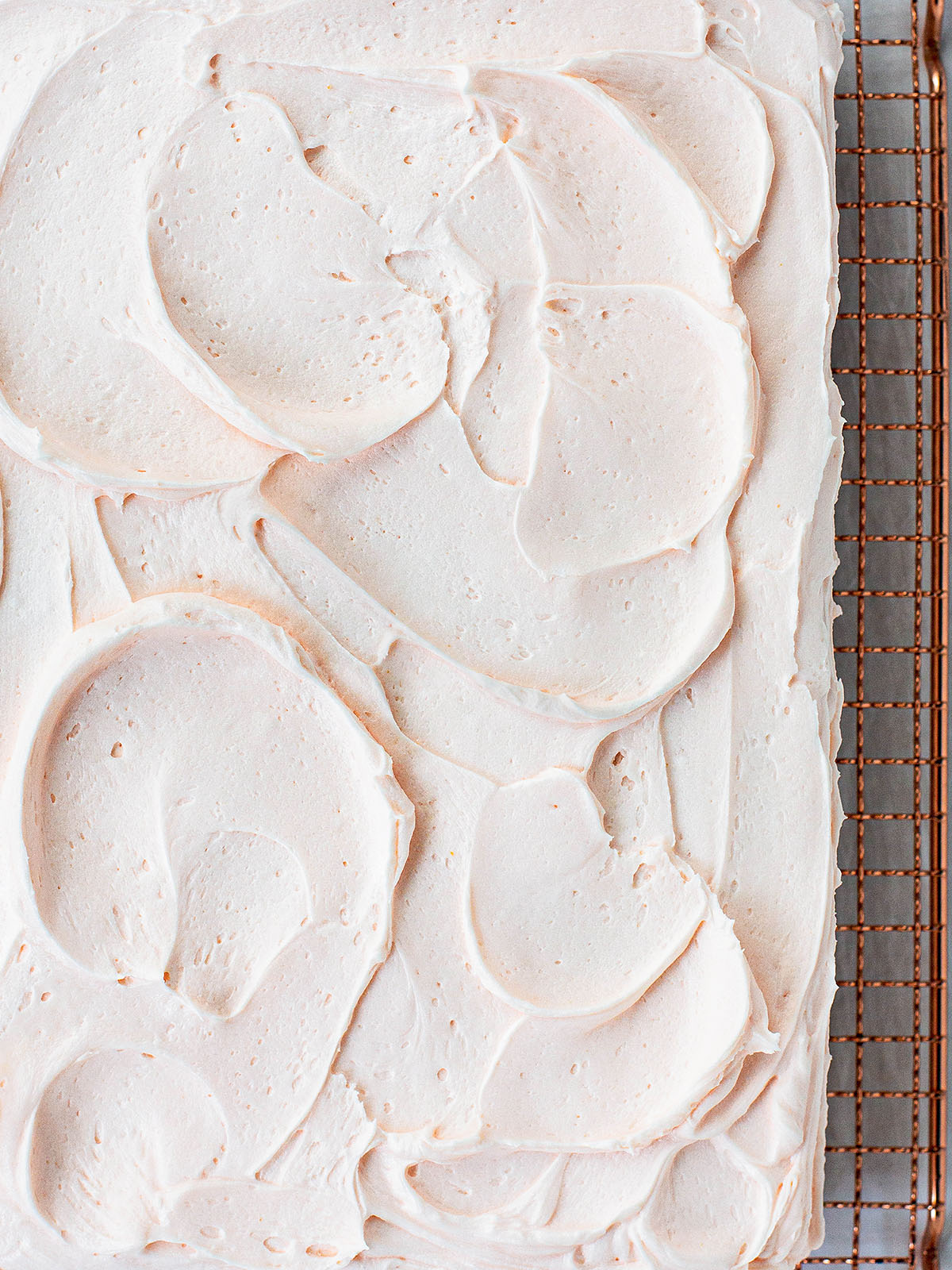
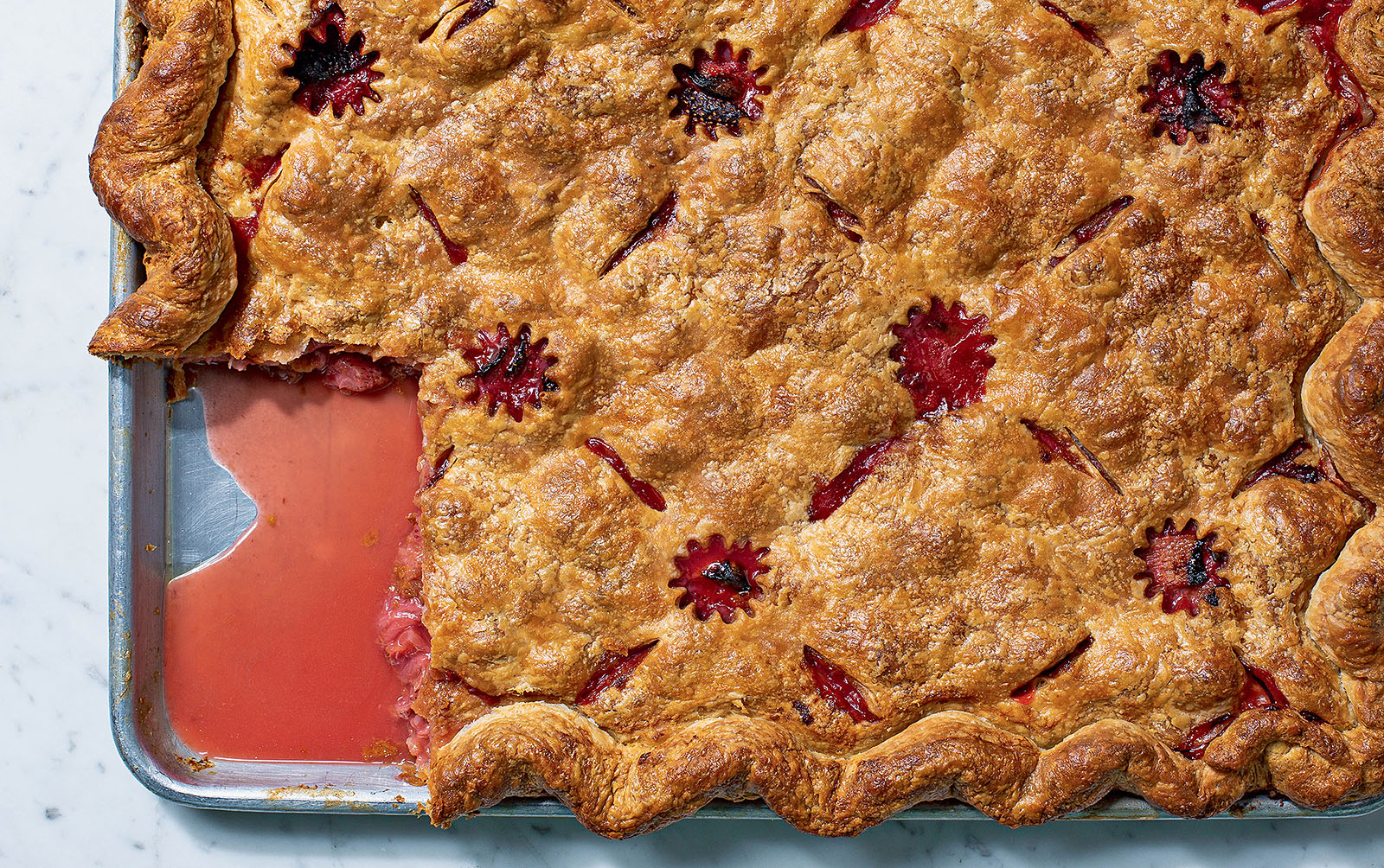
Cheryl Days Treasury of Southern Baking
Photographs by Angie Mosier

Artisan Books | New York

For my mother, Janie Queen. When you have the opportunity to do what you love, you should count your blessings one by oneand I do every day. My love affair with baking and the American South began while making pie with you.

This book would not have been possible without the millions of enslaved laborers who worked in the fields, plantations, and kitchens of the United States. My great-great-grandmother Hannah Queen Grubbs was born enslaved in 1838 and was among the women who created many of these Southern recipes. My story has a direct connection to her life experience and expertise. With reverence for her and so many like her, I carry this history forward in sharing recipes that I love.
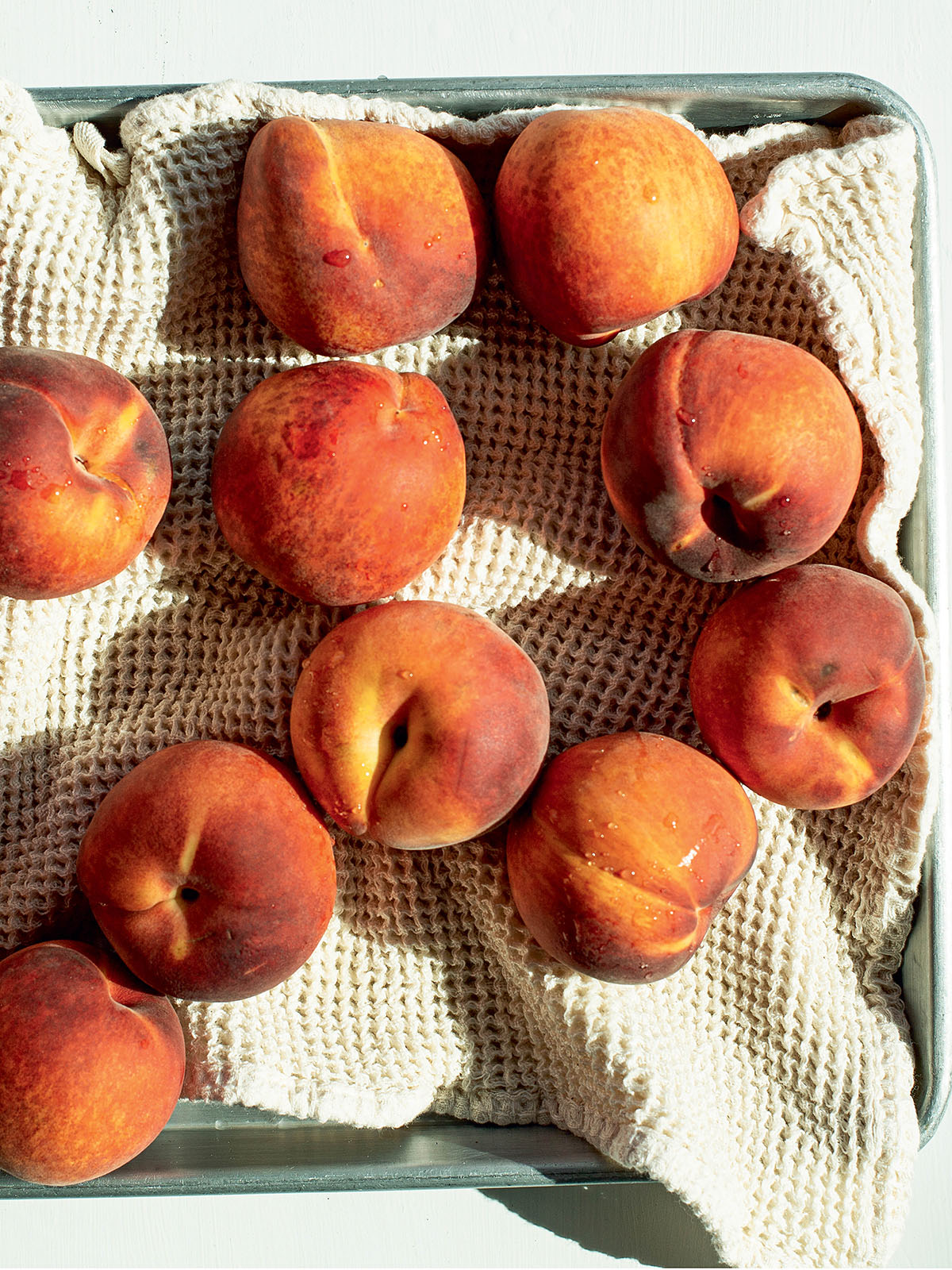
CONTENTS
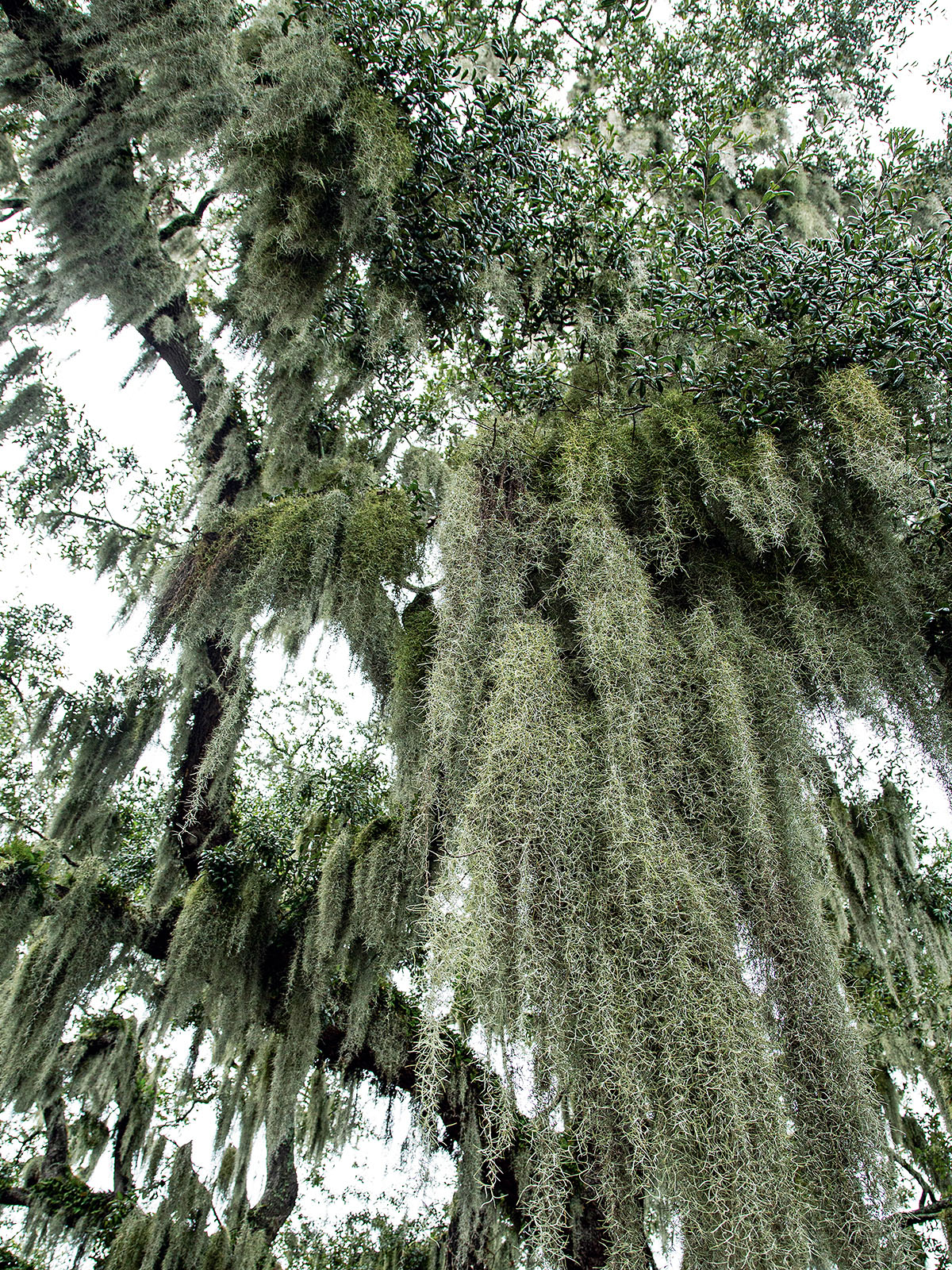
Every great dream begins with a dreamer. Always remember, you have within you the strength, the patience, and the passion to reach for the stars to change the world.Harriet Tubman
Introduction
There must be something etched upon the genes of people whose lineage is rooted in the South, something that compels the sweet tooth and the handmade, that when passed on from generation to generation never wavers, just like a penchant for yall and yes, maam. Its in the faint handwriting of heirloom receipts, written without measurements but with instructions to add less buttermilk to the biscuit dough if the day is humid or to dust the dough with a little more flour if it is too sticky. Its found in the batter-splattered pages of spiral-bound community cookbooks filled with family recipes gathered to raise money for church fellowship halls, school plays, and even a bus boycott in Montgomery, Alabama. We love the scratch-made, and creating food that nourishes and honors our past yet keeps us firmly planted in the here and now.
In the South, every day is worthy of a special treat from the kitchen. Southerners are famous for their hospitality, and they dine with casual elegance any day of the week, all year long. You feel the pride and craft of Southern baking at every part of the meal; there is always an abundance of fresh baked goods made by caring hands. Southern food is a mlange of cultural influences. Tastes and flavor profiles vary from region to region, and yet it all represents love and treasured memories of our mosaic heritage. Food is our currency. It is our legacy. The first thing to drop down on the table in front of you is a small plate of hot bread billowing with steam, served with softened butter or something sweet like preserves, likely put up last summer. Offered alongside the meal are fluffy or flaky buttermilk biscuits, light and crisp fritters, or buttery cornbread made in a well-seasoned cast-iron skillet. And whether its a silky custard pie or thick slices of cake served with homemade ice cream, dessert is never an afterthought.
Southern bakers are celebrated as some of the best in the world, and they are also known to be resourceful. When cane sugar was scarce, they made syrup from cane or sorghum, or they kept bees to collect their honey, which sated the sweet tooth. They put up wild berries found on their land to bring sweetness to a long winter. Southerners are known for creating delicious recipes simply from whatever ingredients they have on hand. Legend has it that when a former slave selling her pastries was asked about the delicious sugar pie shed made, she replied, Oh, its jes pie! And that chess pie remains the most iconic pie in the South today.
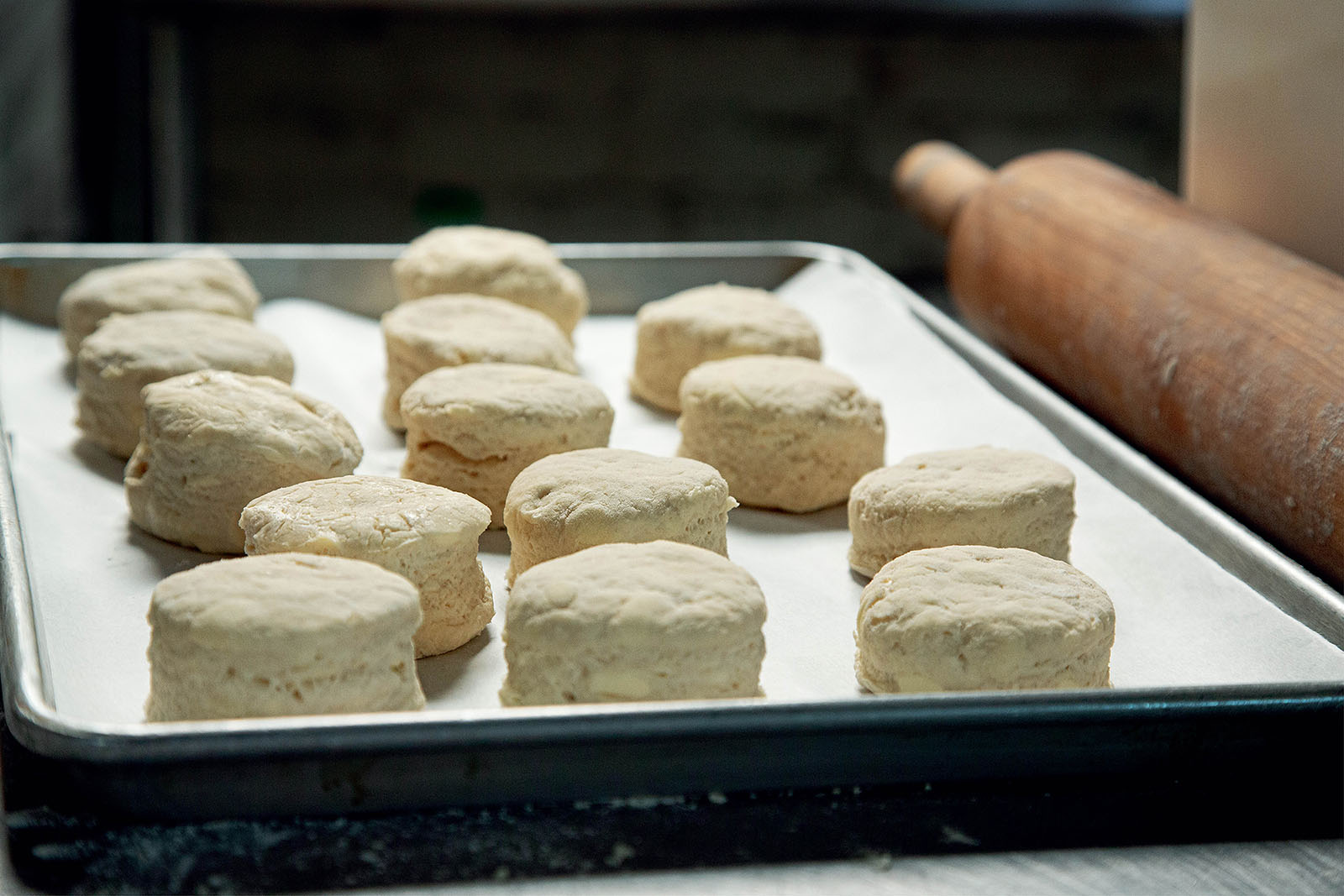
In the South, we love to compare recipes and debate what makes a recipe truly Southern. Would a Southerner ever put sugar in her cornbread? Possibly. History shows us that until sugarcane from Louisiana and Georgia became scarce during the Civil War, there was a good chance that most cast-iron-skillet cornbreads had some sugar in them. When unsweetened, hoecakes and johnnycakes tasted just fine slathered in sorghum syrup. And biscuits: There is no one right texture. Every kind of biscuit, whether layered and flaky or tender and soft, has its place on the table. How many Southern grandmothers are there? That is perhaps how many ways there are to bake a biscuit. As with many cultures, the pace of modern life has taken a toll, rendering the passing down of food traditions ephemeral like the faint handwriting of old recipesnot gone, yet faded. Every family has a recipe and a story that goes along with it. Those family stories keep our history from being erased or forgotten.
My Southern Roots
I come from a long line of women who cooked and dared to follow their dreams. I did not know my own genetic code was engraved with a Southern bakers talents until I discovered my mothers journal after shed passed away. Filled with the notes, letters, poetry, songs, and recipes through which my mother, Janie Queen, shared the valuable stories of my ancestors, it guided me to open my own bakery, Back in the Day Bakery, in Savannah, Georgia, in 2002. In my mothers journal, I met my great-great-grandmother Hannah Queen Grubbs, who was born enslaved in 1838 in Alabama. Although Hannah was unschooledshe did not learn to read or write until she was fifty years oldshe had a special gift for baking, and that is how she made a living for herself and for her family. She was the cook in the kitchen of a prominent politician. At that time, the cooking in middle- and upper-class Southern homes was always done by Black women. Most of the Southern recipes we know and love today were created by enslaved or formerly enslaved women who were cooks and bakers just like my great-great-grandmother. Their recipes were passed down through oral accounts and eventually made their way onto the page, but that is where the origin stories often got twisted, and to this day, unraveling the details can only be described as a delicate dance on eggshells. Its been said that history is written by the victors, and when it came to the recipe books from that era, they were written by white women who took credit for the creations of their Black cooks. Im fortunate to have Hannahs handwritten recipes to show me their true origins.
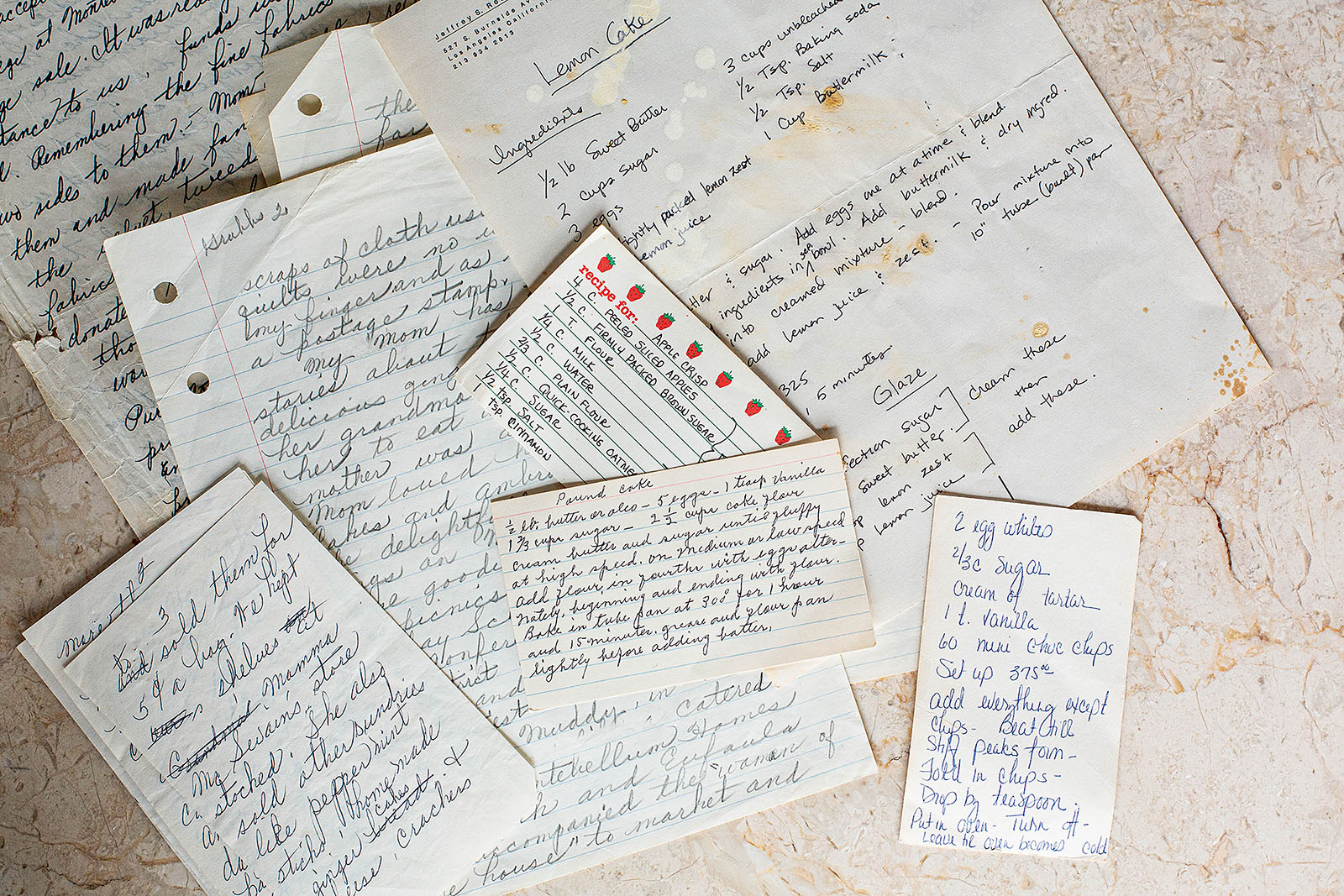
Hannah became well known to folks all across Dale County for making the tastiest buttermilk biscuits, sweet potato pies, lemon pound cakes, and coconut layer cakes. She catered parties, picnics, social functions, and family weddings, and she made box suppers for folks in her own community too. Although small in stature, she was a powerhouse in the kitchen. Hannahs daughter, my great-grandmother Queen, followed in her mothers footsteps and went on to open a general store in Clopton, Alabama, where she sold her famous gingerbread squares, lemon meringue pies, and small cakes frosted in what my mother described as delightful pastel colors.


